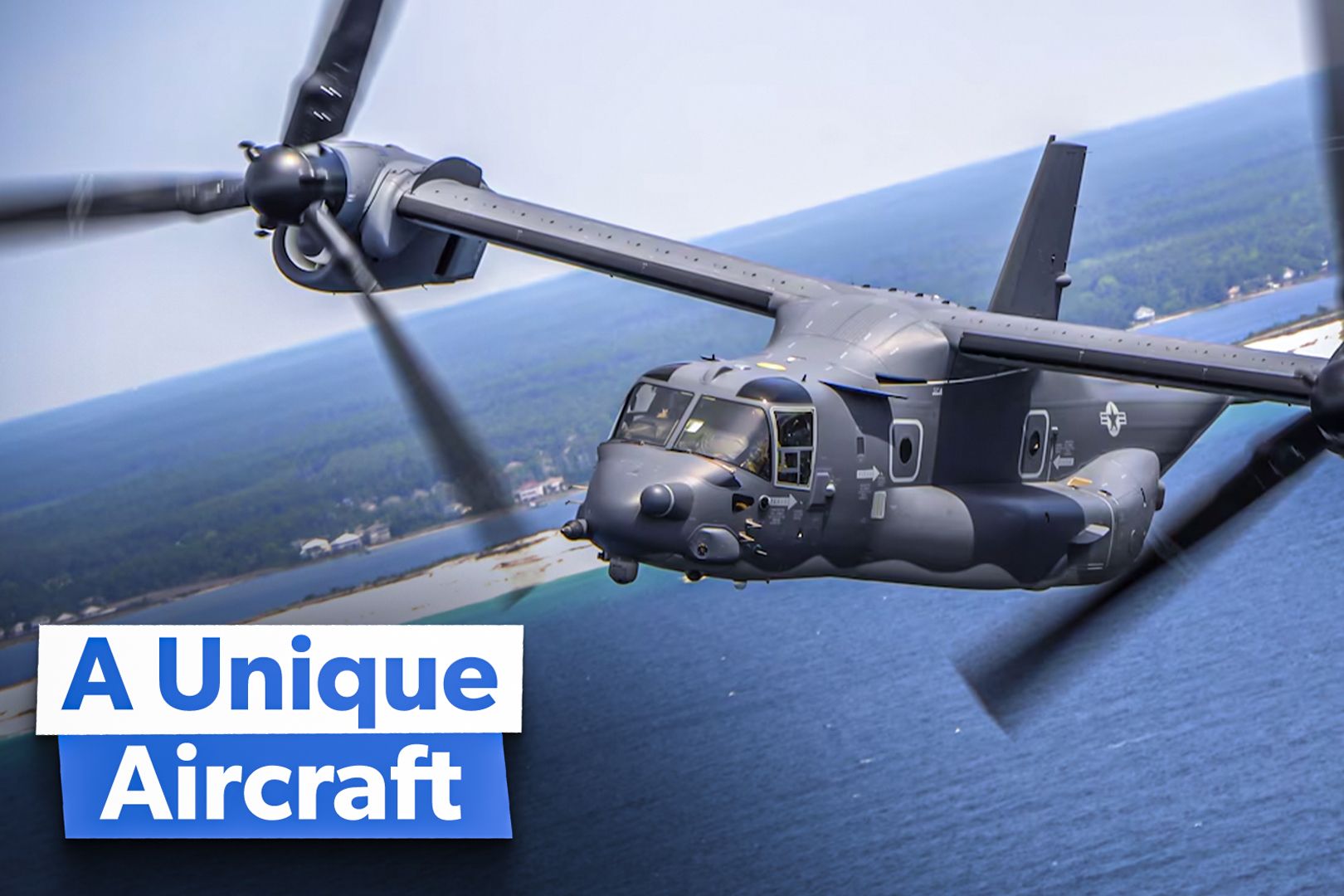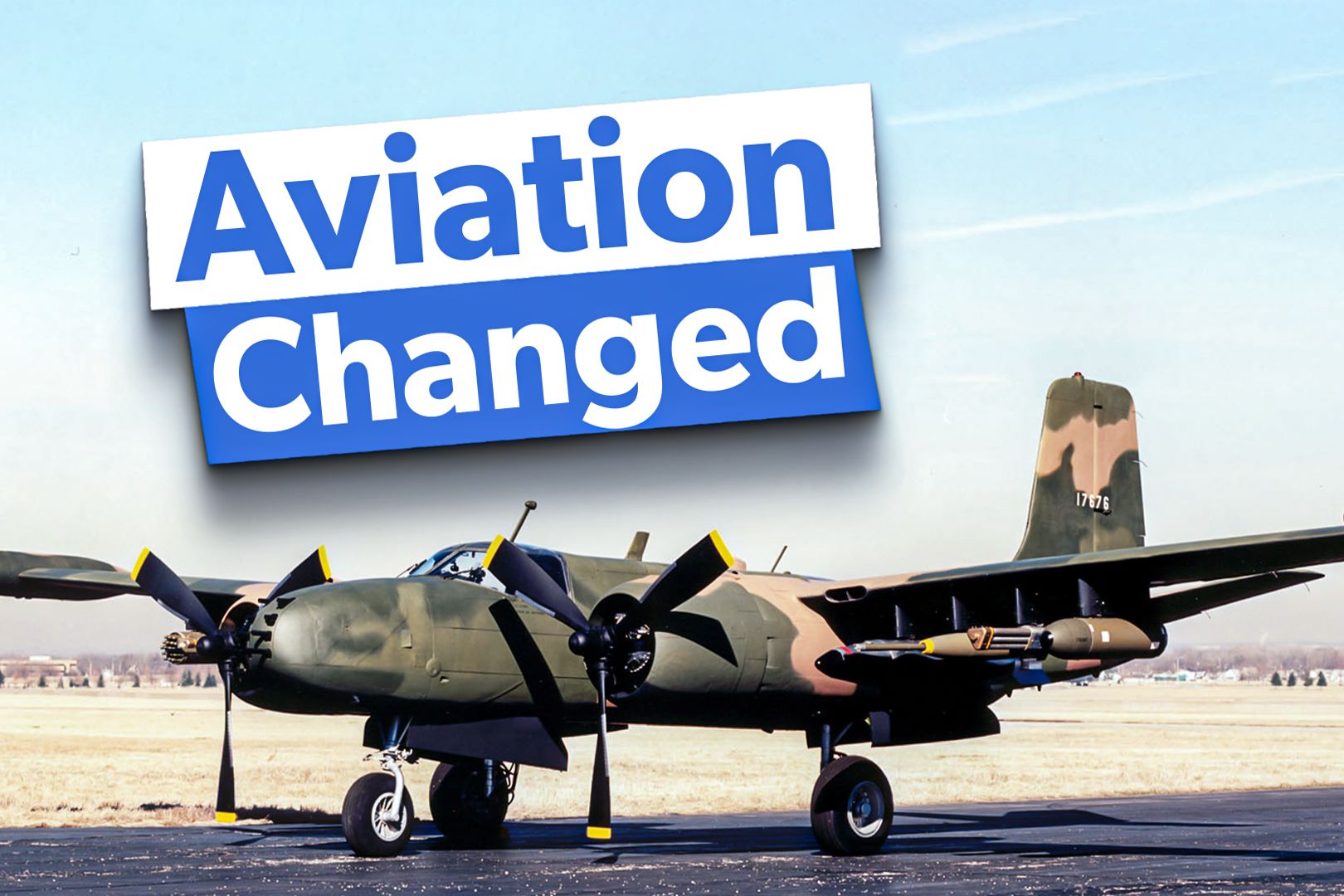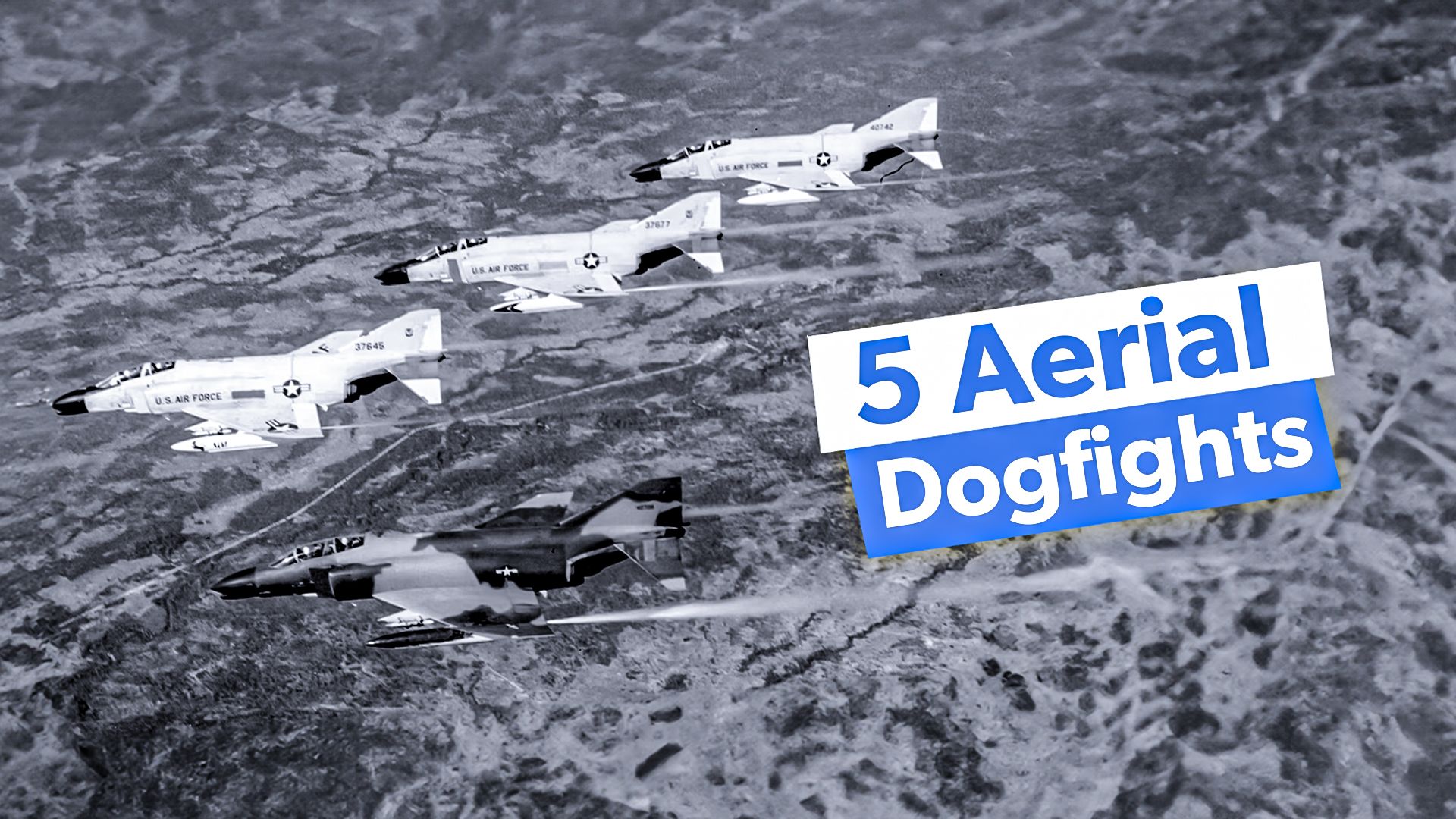Summary
- Dogfights and intense aerial battles have a rich history dating back to WWI and continue to evolve to this day.
- Notable dogfights like The Red Baron vs. Lanoe Hawker showcase pilot skills, tactics, and aircraft capabilities.
- Wars like The Battle of Britain and The Korean War saw significant dogfights that shaped military aviation.
The aerial battle between fighter aircraft, otherwise known as a dogfight, first occurred more than a century ago after the invention of aircraft. These fights are typically fast-paced aerial battles involving two or more opponents in close quarters. The term began to be widely used during World War II, but its origin dates back to the later years of World War I. However, aircraft in the war were not initially utilized for aerial combat.
Planes that flew throughout World War I were mainly equipped with small weapons due to weight restrictions. Enemy pilots that passed each other would sometimes throw bricks or grenades, while others would use ropes in hopes of entangling the propeller on the enemy’s plane. Eventually, firearms were brought onboard, with pilots firing hand-held guns such as pistols or carbines at enemy planes. Although aerial combat is still daunting today, technology has come a long way to help keep pilots safe and also fight better.

Read More
What Makes The V-22 Osprey Unique Among US Military Aircraft?
Despite tragic teething issues, the V-22 Osprey keeps soldiering on. Simple Flying examines what makes it unique amongst US military warbirds.
Several notable dogfights have occurred throughout aerial warfare history, but the top five highlight intensity, pilot skill, aircraft capabilities, tactics, and the overall impact on the war.
5
The Red Baron & Lanoe Hawker
Occurred in 1916
World War I had been ongoing for two years by 1916, allowing some Luftstreitskräft and Royal Flying Corps (RFC) pilots to accrue many flight hours, according to Slash Gear. Two pilots – German aristocrat Manfred Von Richthofen and Englishman Lanoe Hawker – had each repeatedly proven their value and expertise in the skies over northern France. Von Richthofen had earned the name “Red Baron” after gaining numerous aerial victories in some of the first dogfights ever recorded, but Hawker was not equally recognized. The Major was, however, still successful as a 25-year-old commander of the RFC’s Number 24 Squadron.
Both pilots finally met as they tried to seek control of the skies above trenches during the Battle of the Somme, known as one of the bloodiest battles in history. Von Richthofen soon realized that Major Hawker was no amateur as he flew in a bright red Albatross D.II. Still, Red Baron’s plane, a De Havilland D.H.2, was superior as the two circled in combat, reaching altitudes as low as 300 feet. Hawker unleashed nearly all of his 1,000 rounds of ammunition, but the Red Baron’s bullets struck Hawker in the head. He subsequently crashed and was buried beside his plane.
4
The Battle of Britain
Occurred in 1940
It was evident that Great Britain would be invaded in 1940, and Germany was poised for an air attack. The country had the most potent air force at the time after being banned from having an air force in the Treaty of Versailles. According to Air & Space Forces, Germany’s first objective was to establish air superiority, and the Luftwaffe had estimated that it would take about four days to defeat the Royal Air Force’s (RAF) Fighter Command in southern England, with the remainder of the air force being destroyed in four weeks.
The Luftwaffe used German Heinkel He 111 bombers and supported them with Messerschmitt Bf 109 and Bf 110 fighters for regular bombardment. However, they were challenged by Hawker Hurricane and Supermarine Spitfire fighter aircraft from Great Britain as they attempted to defend their borders. Great Britain was highly organized but was often outnumbered by the Germans. As many as 3,000 military personnel fought in the battle, including the entirety of the RAF. However, the Luftwaffe was ultimately defeated and never fully recovered.
3
The Dieppe Raid
Occurred in 1942
The first large-scale assault on Nazi-occupied France since the Allies’ defeat at Dunkirk occurred on August 19, 1942. As many as 6,000 troops, including British and Canadian personnel and a detachment of US rangers, came on the coast around the town of Dieppe. They were supported by 1,000 British and Canadian planes but were met with strong resistance.
The Dieppe Raid was known as the largest dogfight between the Allies and Germany during World War II. Around 120 fighter planes, 100 bombers, and ground support from anti-aircraft batteries were involved. The Germans lost 48 planes, but the Allies lost 106 aircraft by the end of the battle. Additionally, over half of the Allied forces were killed, captured, or wounded.
2
The Korean War
Occurred 1950-1953
Amid the Korean Campaign, the United Nations (UN) forces deployed around 700,000 sorties against Communist forces, which flew about 90,000. Most North Korean sorties were situated northwest of the South Korean border, commonly referred to as MiG Alley, as it was the scene of most dogfights with heavy patrol in the area. The first-ever dogfight over North Korea happened when Lieutenant Russel Brown shot down a MiG-15 fighter near China.
Communist forces were compared to the UN forces. Japan-based US fighter jets, which included the F-86 Sabre, were successful contenders to the Mig-15s. However, more than 2,700 aircraft were destroyed during combat, while over 4,000 UN forces personnel died. It is unclear how many losses the Communist forces suffered.
1
The Vietnam War
Occurred 1955-1975
American air forces found themselves back in Asia during another war, but this time, it was to fight the Communists in Vietnam. This era of warfare included some of the most intense dogfights involving US aircraft, such as the F-4 Phantom and the F-8 Crusader, which went against MiG-21 fighters. The era also came to be recognized as the first modern air war.
Although the dogfights over North Vietnam were intense for a short period, only two US pilots were credited as being fighter aces. By the end of the conflict, Richard Ritchie and Randy Cunningham had achieved the required five confirmed kills. Overall, the US Air Force (USAF) lost a total of 70 planes, while the Vietnamese People’s Air Force lost more than double the number.

Read Next
How The Second World War Changed Aviation
People still feel the impact today.

